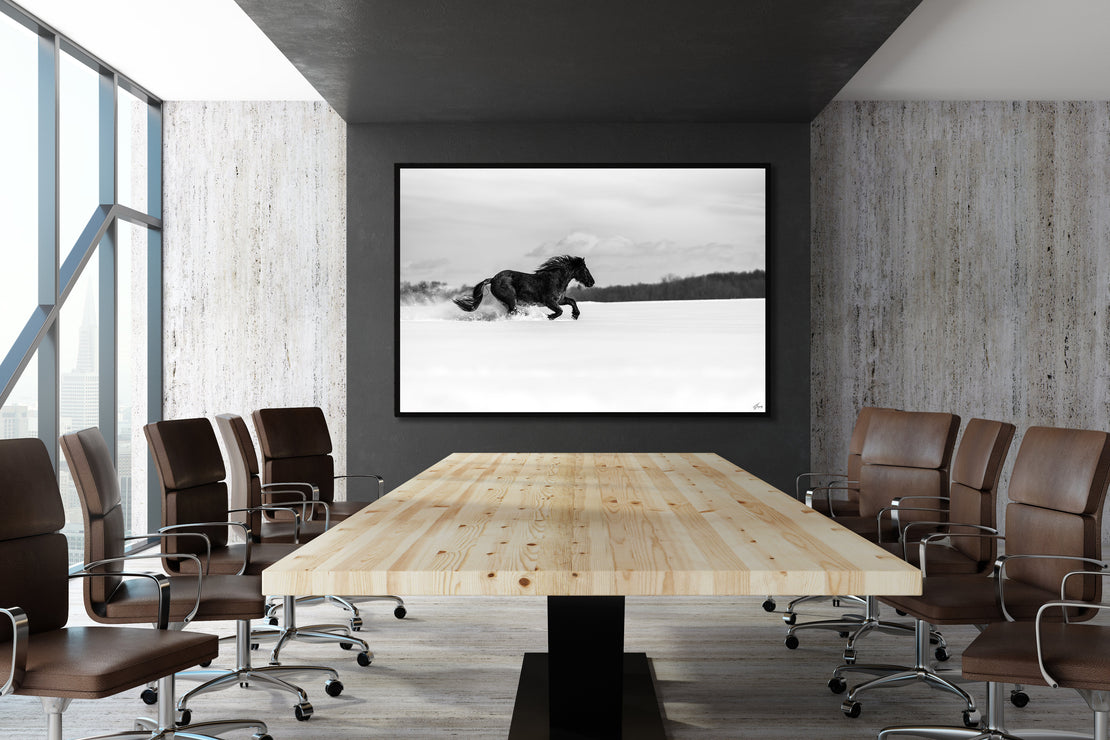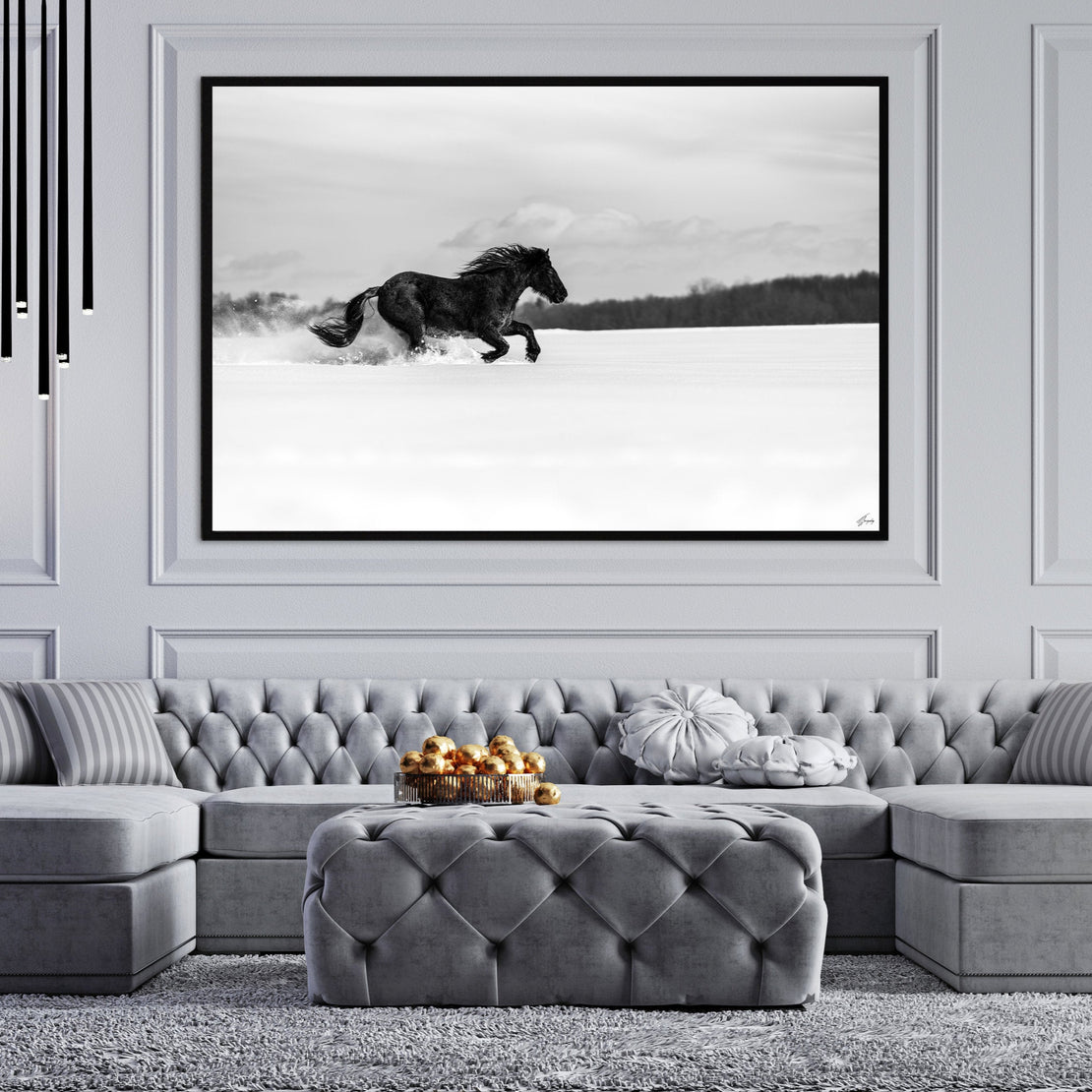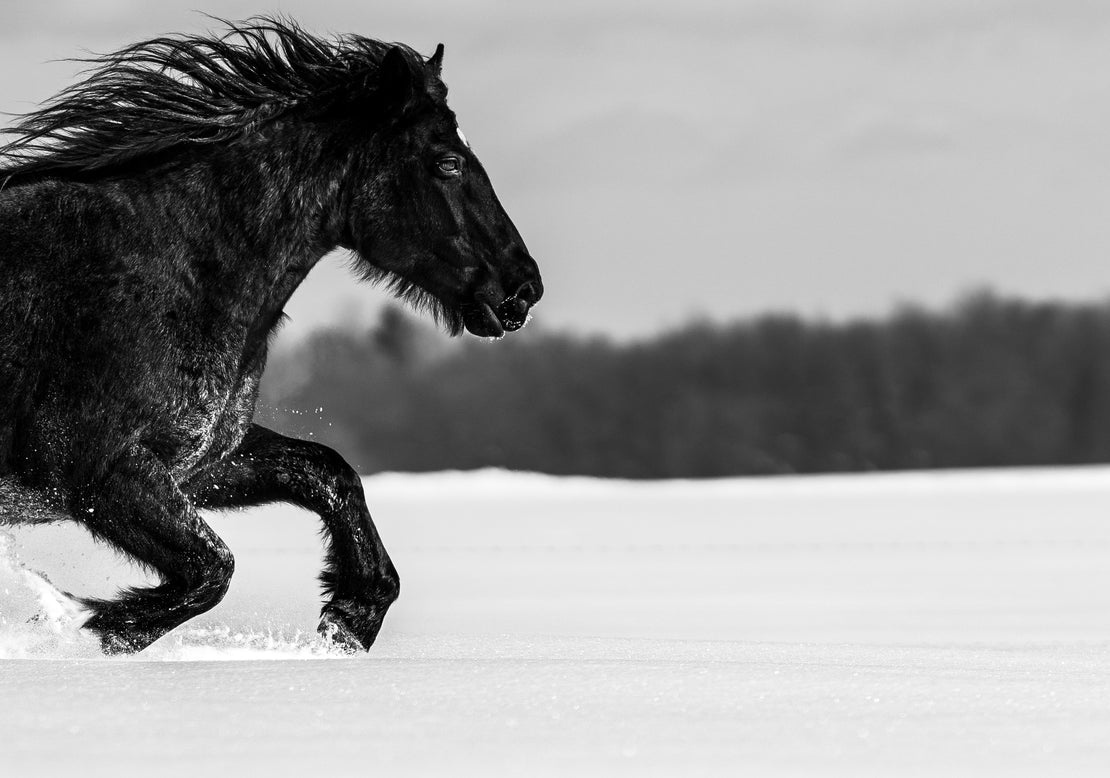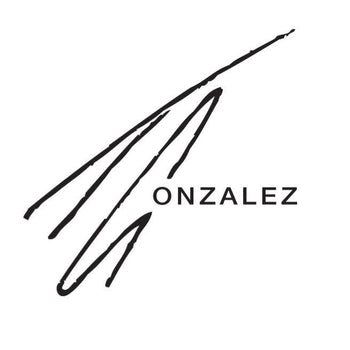
Perfection
This master piece is the result of a year of preparation, research, reflection and hard work in the cold winter of Quebec. It's a unique take that I'll be proud of for the rest of my life.
there were a ton of challenges to overcome
I had to find the subject, find the perfect place, with an angle favorable to the sun. Expecting perfect weather conditions: A very sunny stormy day after. The perfect profile angle and the position of the subject in the original frame despite the speed of the scene. This photo has not been cropped in any way. The artistic harmony of movement between the mane, front legs and tail of the horse.

I had to find the absolute balance
In photography, we always trade light for speed and depth of field: the extent of the sharp area. So I needed enough speed so that the horse and every piece of snow was well detailed despite the speed of the scene. Enough light to capture all the details of the black coat but not too much, to keep the pale details of the fluffy crystals rather than a white background scorched by light.
Isometry is a way to cheat the lack of light ... You can go up to 1000 ... 2000 but the more you cheat, the more detail you lose in the image. To keep a sharp image, the standard is to set it to 100. For this photo, I raised the bar by lowering the isometry to 50. I was not looking for an instagram image, but a printable image at 6 feet wide.

angle, background and focus
All these settings leave a very thin window at the depth of field, which means that only a tiny part of the photo could be in focus. So it was very difficult to have the horse's eye in perfect focus while still having the shards of snow clear… For that I needed a PERFECT side angle otherwise one of the two would have been blurry. And that perfect angle had to be combined with a harmony between the subject and the background. This left me 4 windows of about 10 meters on a field of more than 1 kilometer. And I estimate the horse's speed at 50km/h in this photo. Photographers will understand the immense complexity of all the aspects involved in this shot. But the hardest part was undoubtedly the question of focus.
a fixed lens
First, using a large zoom would have made the aspect of proximity and positioning easier, but large zooms do not let in enough light to meet the challenges mentioned above. So I had to use a fixed lens. What challenges did these bring me? When we can't zoom in, we're the ones who have to move around, in 2 feet of snow it's very physically demanding. And when the horse runs into the clear zone, it's over, you can't zoom in and keep shooting. It was off again for a walk in the deep snow to join the horses, in the hope that they would run to the right place. So that drastically reduces the number of tries to get THE photo.

the snow like a majestic carpet of crystal,
I had to have the horse run in a place he had never run before. It was a difficult detail to achieve, but essential to the perfect shot.




